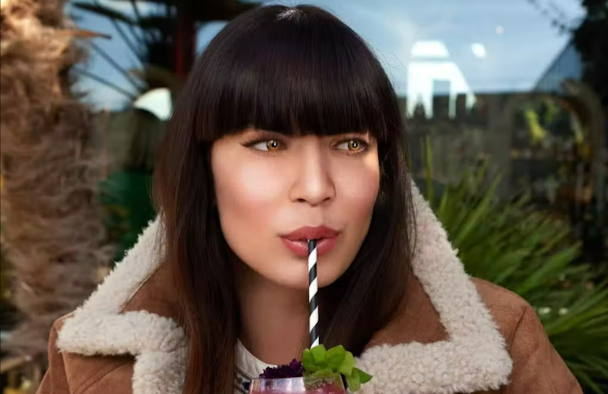Musing on Mira: how M&S can make the most of its risky virtual influencer
Mira is M&S’s new brand ambassador. She’s also not real. Manolis Perrakis, innovation director at We Are Social, makes sense of the retailer’s decision to create a ‘virtual influencer’.

Mira, M&S's virtual influencer
Well-known British brand Marks & Spencer (M&S) entered the virtual world with its digital influencer Mira and its Instagram account. The reaction has been mixed – while the relatively new account is attracting likes and comments, the comments have been relatively negative.
These range from ”I’d rather see a real-life person, I just don’t get this idea” to “I feel like this is a huge swing and a miss. I get it’s cheaper than real-life people, but it’s not what consumers want right now. We want real skin textures, diverse bodies. But instead, brands are deciding to hide bad design by showing it only on bodies that computers created specifically to make these clothes look good. Not for me, thanks.”
Advertisement
People are clearly thinking about the idea, though, and working out how they want (or don’t want) to interact with virtual influencers or VIs.
Mira is a risky bet for M&S. While it has a wide range of customers, they are often older and more conservative than the brand audience that might engage with Lil’ Miquela or other successful VIs.
There’s also a problem with communication. While these characters are to be given a virtual narrative of their own to try and tell people they are engaged in human activities like drinking a coffee or going to a yoga class, the audience knows this is not true and it seems that the M&S audience is not ready to play along.
Mira is an exceptional piece of work, of course. The rendering, integrating existing products and placing a VI in a realistic space is not easy to do. But she also plays into the uncanny valley: not cartoon enough to be sure that she is safe to interact with and not human enough to look real, even if she is being referred to in real-life terms. M&S could have planned this in a way that the character is less realistic as a sort of high-quality mascot. We found this with our work with Cinder – a character that is clearly not real and exists in a virtual space, not in your local park or gym. There’s no guessing with Cinder as to whether we mean the character to be real or if we are offering a fun narrative to engage with.
Advertisement
The communication around Mira could also be better. The bio on Instagram is clear that it is a computer-generated character, but we don’t consume Instagram by bios as much as we do by posts, so some better indicators of what this is would be an easier adjustment for the audience. The first-person voice on the posts seems to be similarly disturbing in this case.
I can’t fault M&S for investing in a VI though. It’s interesting work that will tell us more about characters and virtual spaces as we head toward the idea of a metaverse being real. It’s worthwhile to get in there and do the work – M&S will be ahead of lots of brands by being here at this moment to find out what its audience likes, where this can go and how to adapt to consumer reactions.
Virtual influencers are not for every brand everywhere, but they are a useful tool for engagement. Celebrities might want to consider sharing their voice across different avatars and engaging with people they might not be able to in person – so long as the agreement between celebrity and audience is clear. Mira is sadly an unknown character – one of many that are emerging online. In this case, there needs to be more communication and a clear idea of what the brand wants to do with it – not to us, but to its customers. Getting ahead with technology is great for brands, but they must bring their customers with them on the journey.
